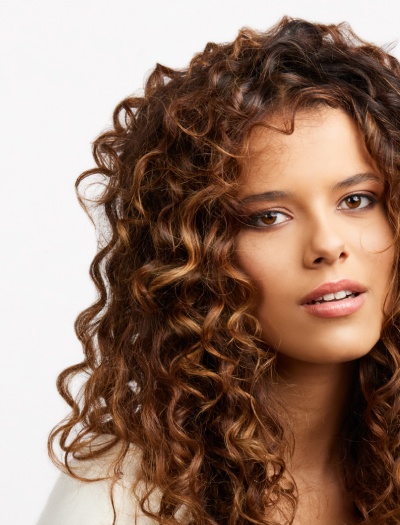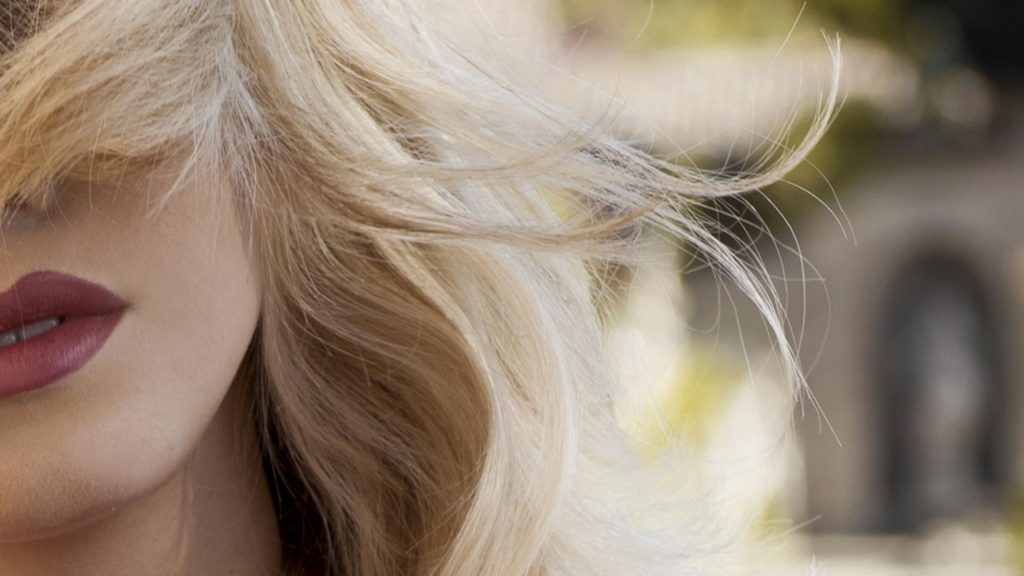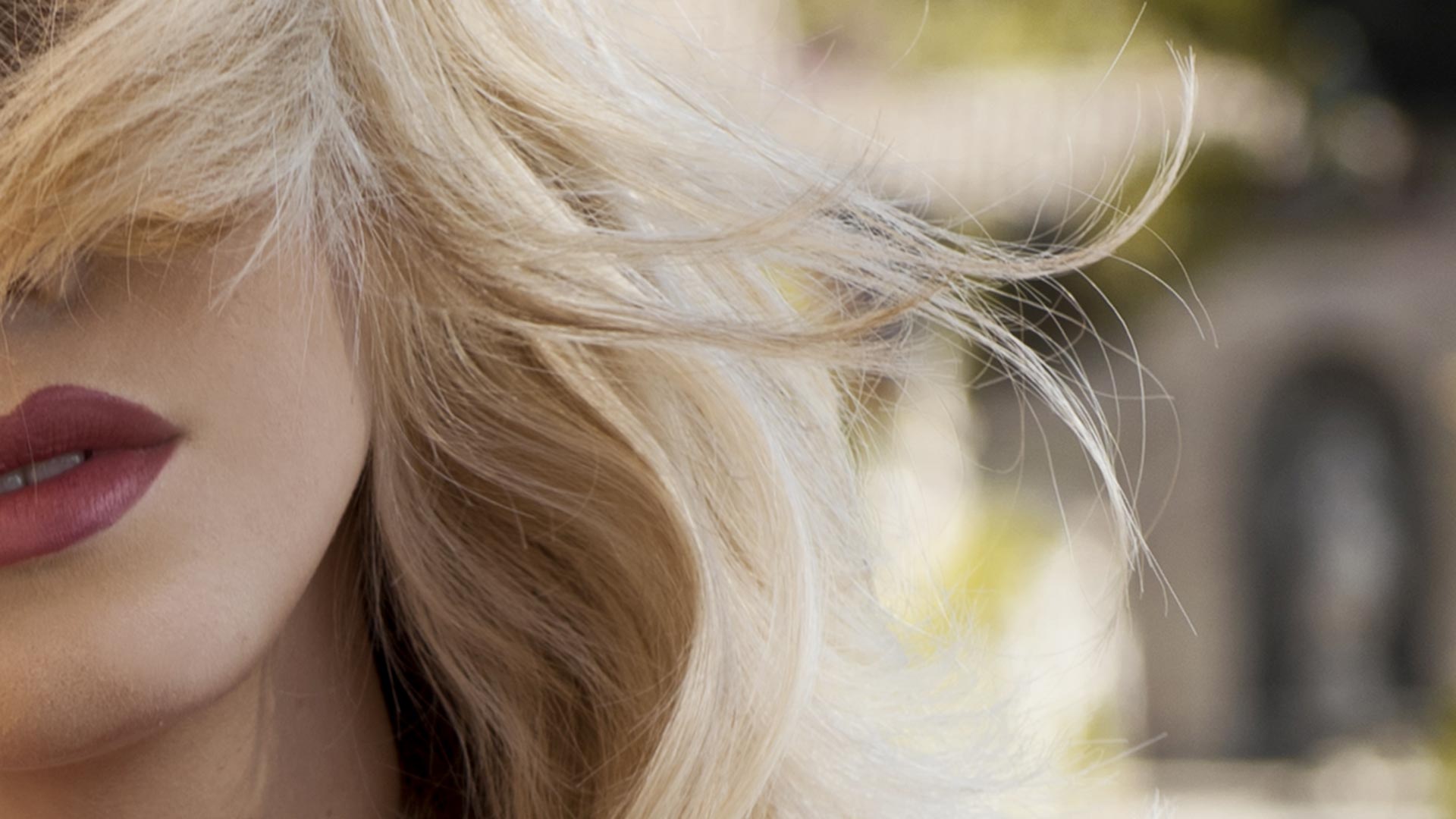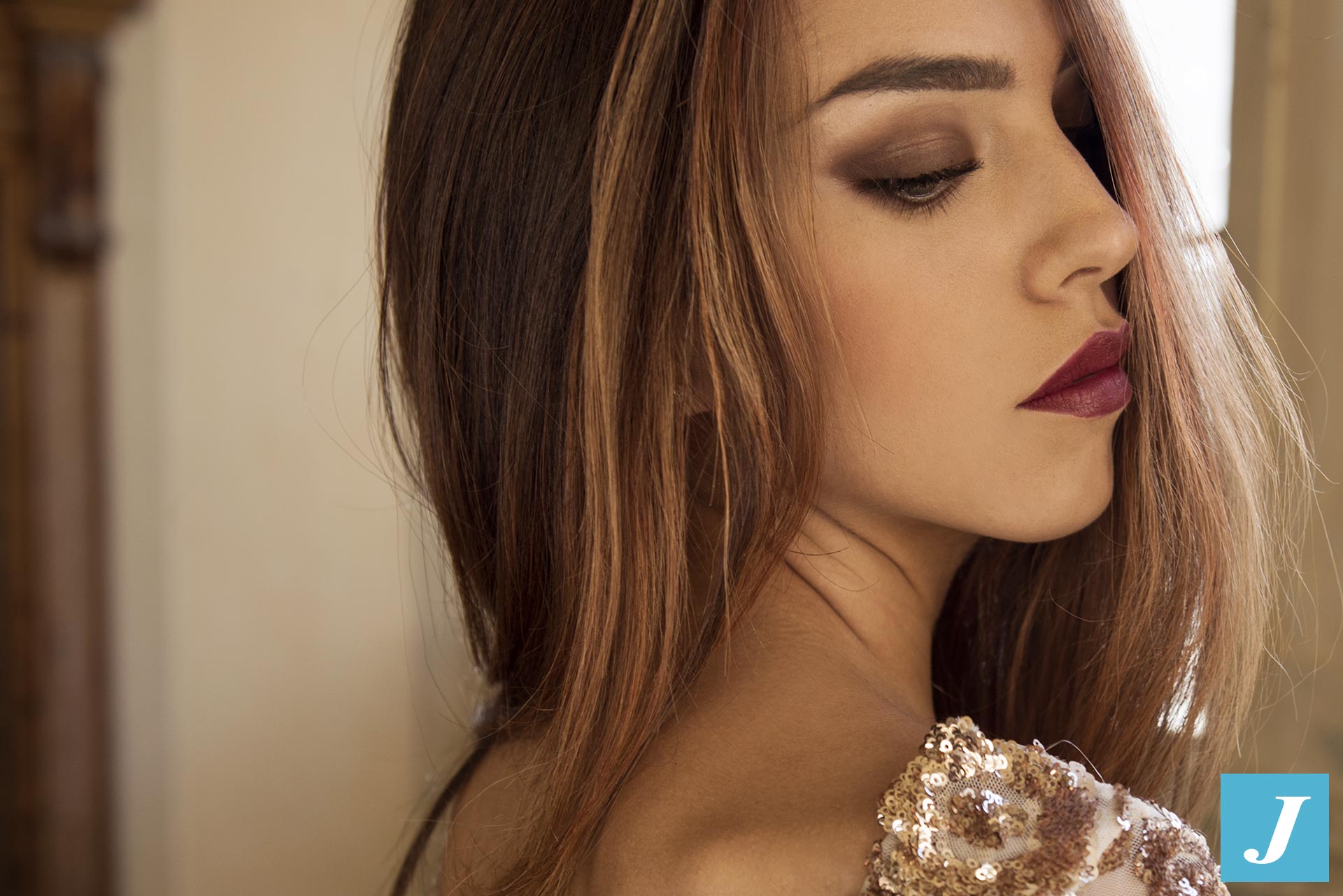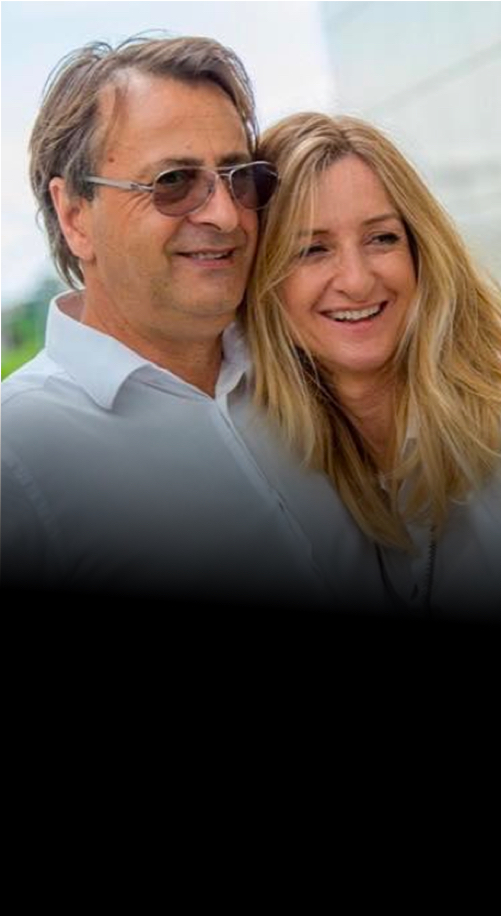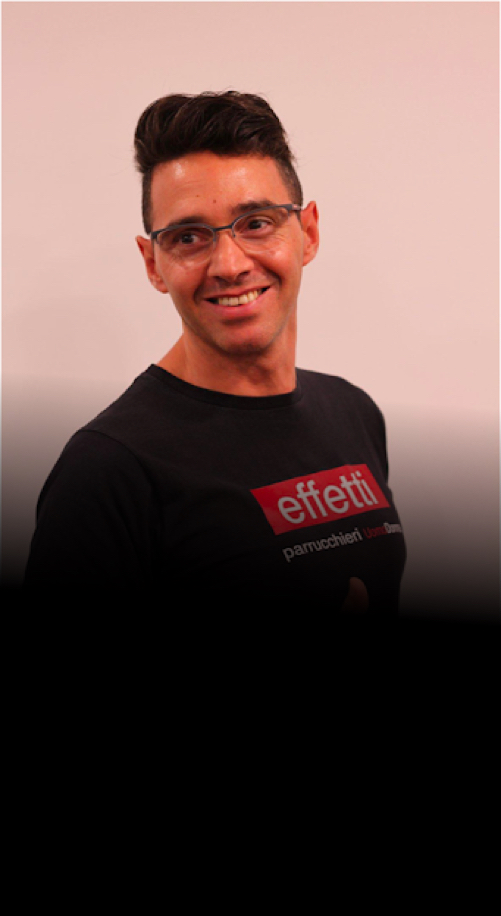Who wouldn’t like to have those wonderful highlights that appear in your hair after a few days spent at the beach, all year long?
It might seem hard to get, but actually, all you need is a session with a hairstylist who is competent in applying the Joelle Degradé, a hair coloring technique that is well known for the natural appearance of the hair.
In fact, its main feature is the gradient effect, a gradual coloring running all over the length of the hair that gives it shine and new health. Thanks to Degradé you can brighten, darken, give tone, give structure to the hair and cover gray hair in just one step.
So, how does Degradé work?
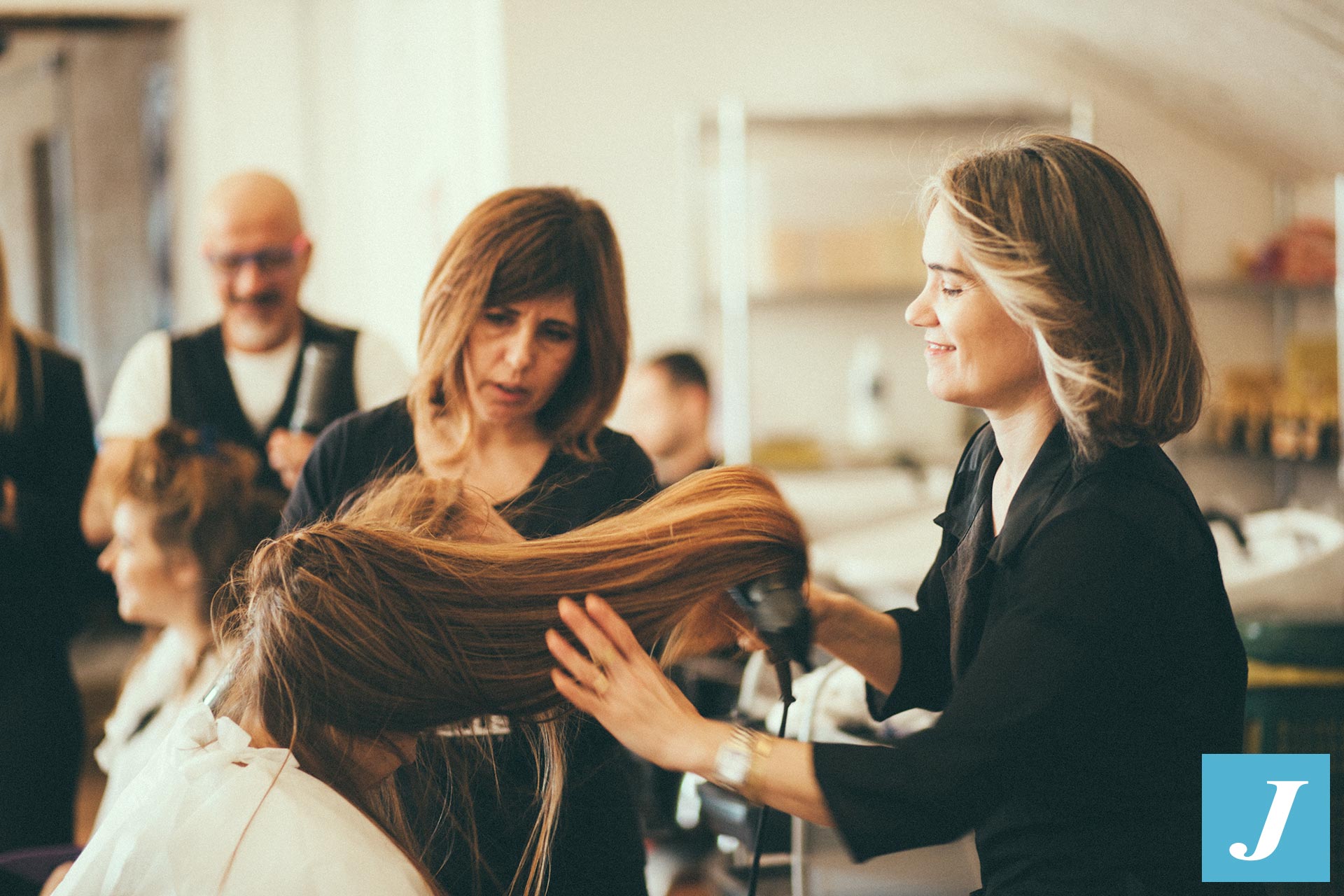
The hairstylist begins by dividing the hair in locks starting from the base of the nape, then moving on upwards and applying aluminum foil over to the length of the hair. Some of these locks will retain the customer’s natural color, maybe with the addition of a hint of light, while the other parts will be colored and shaded.
The goal of Degradé is to create natural gradients in the hair, and this is possible by working with very thin locks in order to obtain a result that highlights the natural features of the color.
One of the main secrets of Joelle Degradé is in fact to select different color shades to apply to different sections, based on the length of the hair: according to the final result you want to obtain, you can use different color nuances, both darker and lighter.
Degradé is also applicable on hair of any length, it can be applied both on curly and straight hair and can enhance any kind of haircut and hairstyle, from a simple chignon to more complex updos.
Joelle Degradé or Shatush?
Today, the word of hairstyling offers many possibilities for coloring your hair: Shatush, Balayage, Flamboyage and Splashlight are just some of the options available, although differences are often minimal.
How is Joelle Degradé any different?
As we said from the beginning, Joelle Degradé is a proper hair coloring technique, while Shatush and its variations are just color effects.
Joelle Degradé is based on the application of different types of product, such as semipermanent dyes with no ammonia, permanent hair dyes and real hair lightening products, all applied on the same head, to different hair sections.
Shatush, on the other hand, only calls for the application of a bleaching agent on the locks and final result depends on the volumes of peroxide used and the duration of application. Besides, in order to carry out the Shatush, most of the times you also have to create a homogeneous starting base first, especially when there is some gray hair, then coloring the whole hair and creating what is commonly referred to as “color base”; then you proceed with the application of the bleaching agent on the locks.
This means that the final result can be obtained in two or more steps, therefore hair must be colored more than once, thus completely altering the natural color of your hair. On the other hand, Joelle Degradé can almost always be applied with just one passage, with the exception of those cases where the starting color and the desired result are really different in terms of shade, and the starting color is the natural hair color or a very similar one.
Finally, the Shatush gives a very marked color contrast between bays and length of the hair, while by using Joelle Degradé, the hair lightening is gradual, therefore sensibly reducing the color contrast between the upper part and bottom part of the hair, for a more gradient and natural effect.
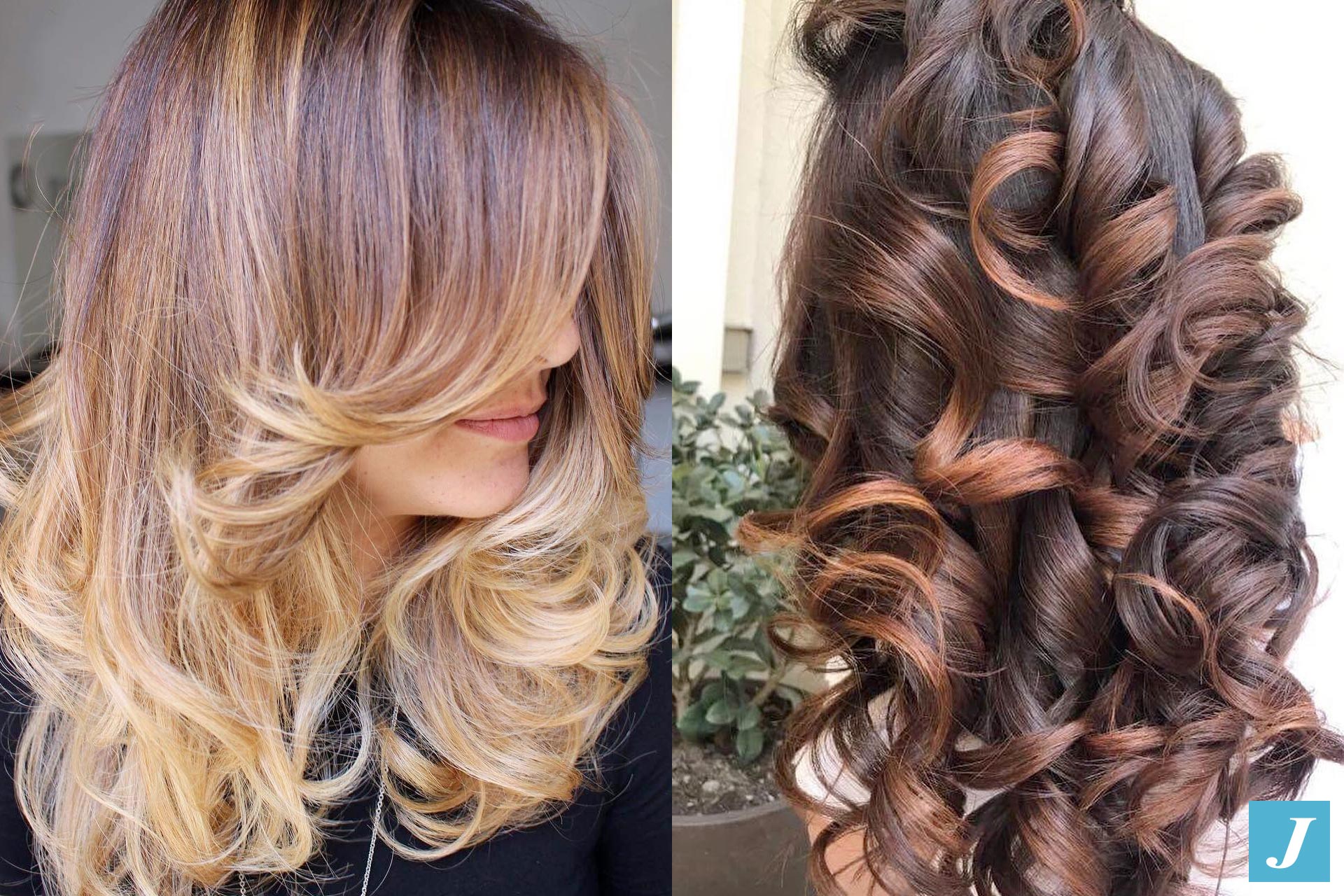
Joelle Degradé and hair contouring
The Degradé technique perfectly integrates with one of the latest trends in the word of hairstyling: hair contouring. Hair contouring is based on the same principle of makeup contouring.
The goal is to balance the volumes of the face by taking advantage of light and shadows: we are going to enhance the strongest features of the face by putting lighter locks of hair next to them, while we are going to resolve volumetric imbalances with darker locks.
The Degradé technique, employing different color shades, perfectly marries with the principle of hair contouring and allows to obtain a result that will not only emphasize the hair, but also the face, making it more balanced.
Regrowth? No, thank you!
One of the most pressing and annoying issues with hair coloring is the regrowth. More often than not, you are forced to go to your hairstylist each month to make up for this particularly unsightly effect. On the other hand, with Degradé, this problem is reduced to a minimum.
By taking advantage of the principle of vertical coloring, Degradé is carried out by applying different products, in different sections of each single lock of hair. The roots are not treated with dyes, but with ammonia-free beeswax-based shine gloss products, which nurture the hair, are not aggressive on the scalp and make Joelle Degradé ideal also for pregnant and breast-feeding women.
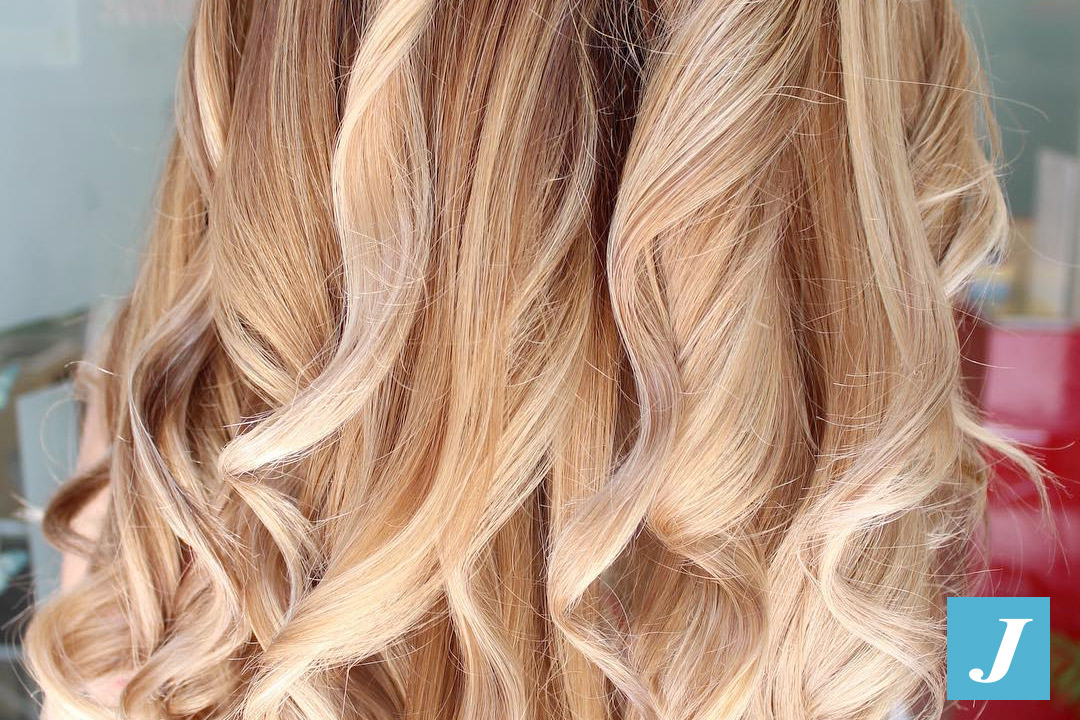
The shine gloss has indeed the advantage of not creating regrowth, because the color picked by the stylist is very similar to the starting color, therefore the product will fade away naturally over time, without creating regrowth. The bottom sections of the locks, in contrast, are treated with proper hair dyes, in different color shades, in order to provide the typical gradient effect of Degradé.
No more dye-related damages
Another problem with hair coloring is the damage to the hair structure, caused by repeated treatments and harsh chemical products involved. Joelle Degradé solves this problem in different ways:
- the coloring product that is mostly in contact with the scalp does not contain ammonia, therefore the impact on the hair and on the scalp is minimal;
- products employed for coloring and lightning the locks are enhanced with nutritional substances that gives the hair more tone and shine;
- in order to carry out the Joelle Degradé you actually need much less product compared to a traditional coloring technique, which is therefore less stressful for the hair;
- given its characteristic absence of regrowth, Joelle Degradé allows to carry out hair coloring corrections with much less frequency over time.
- normally, Joelle Degradé needs to be repeated around every three months.
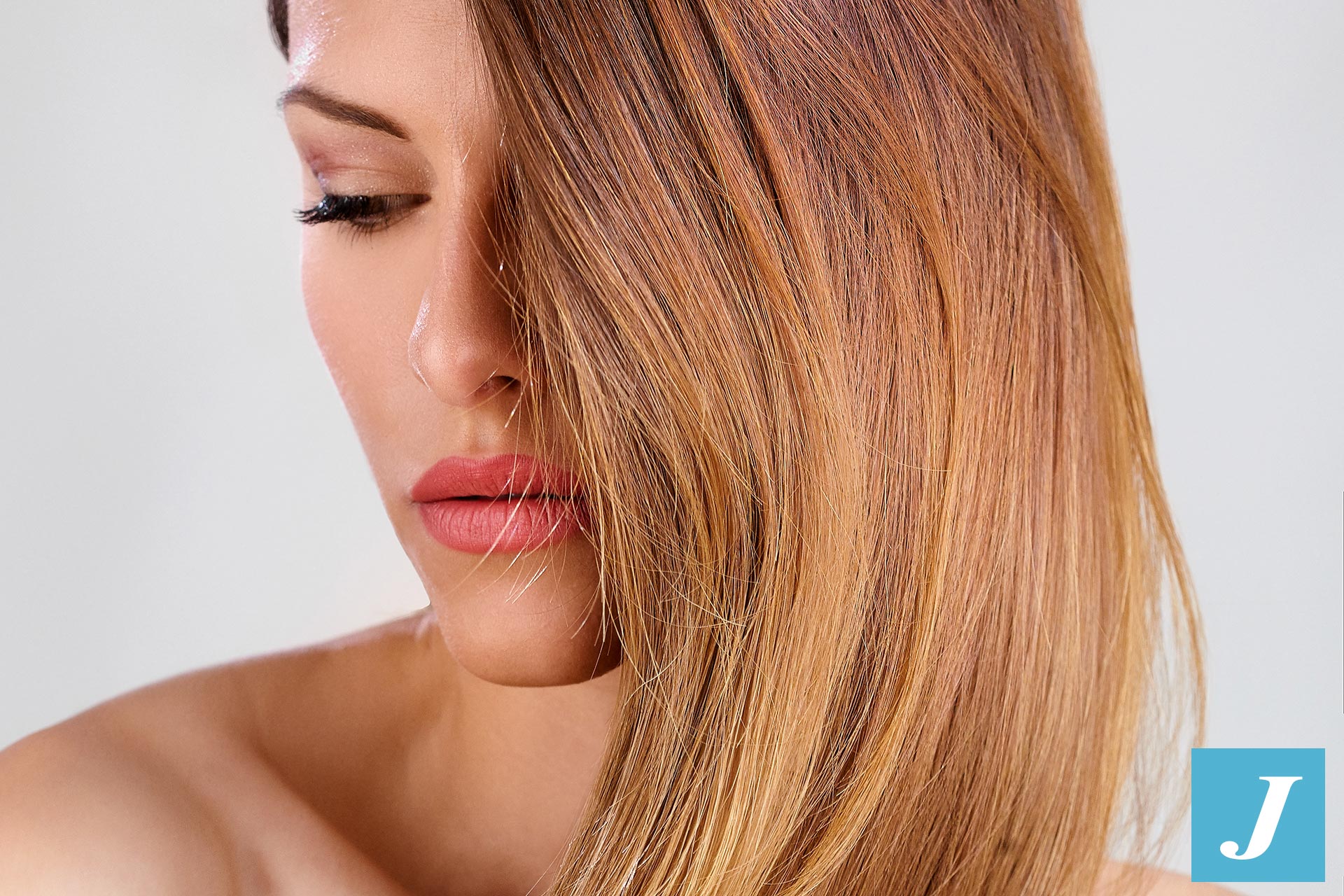
All of these features make Joelle Degradé an innovative technique, which allows to color your hair in a safe way and with unique aesthetic results.

